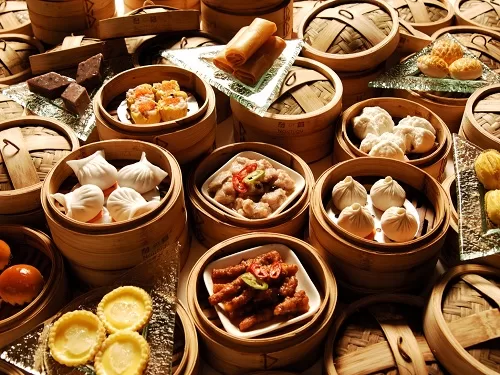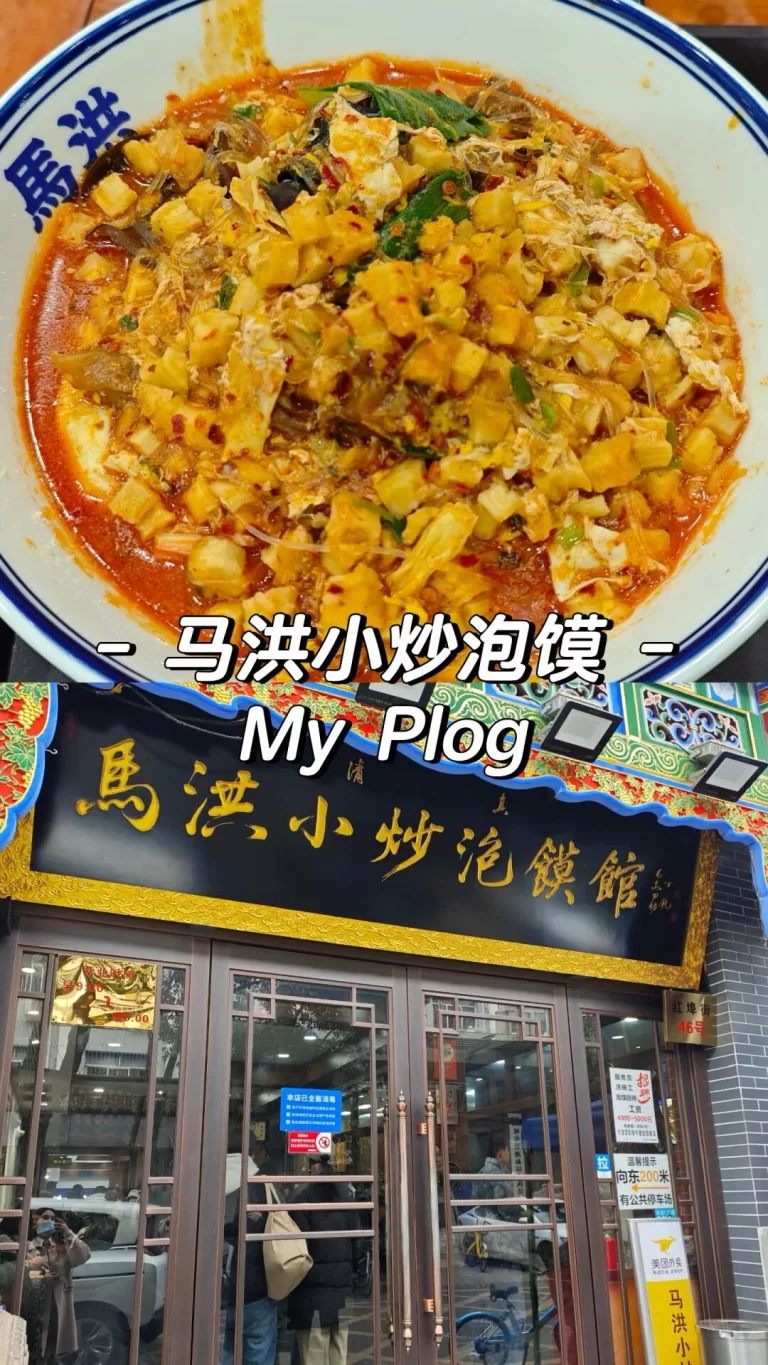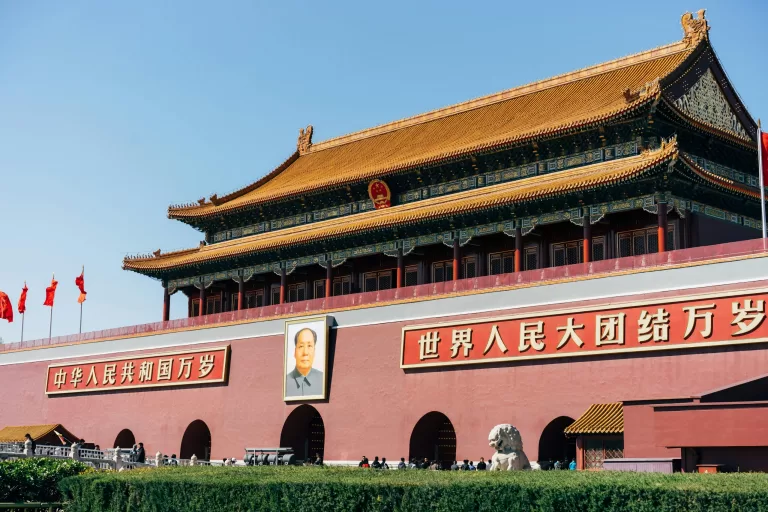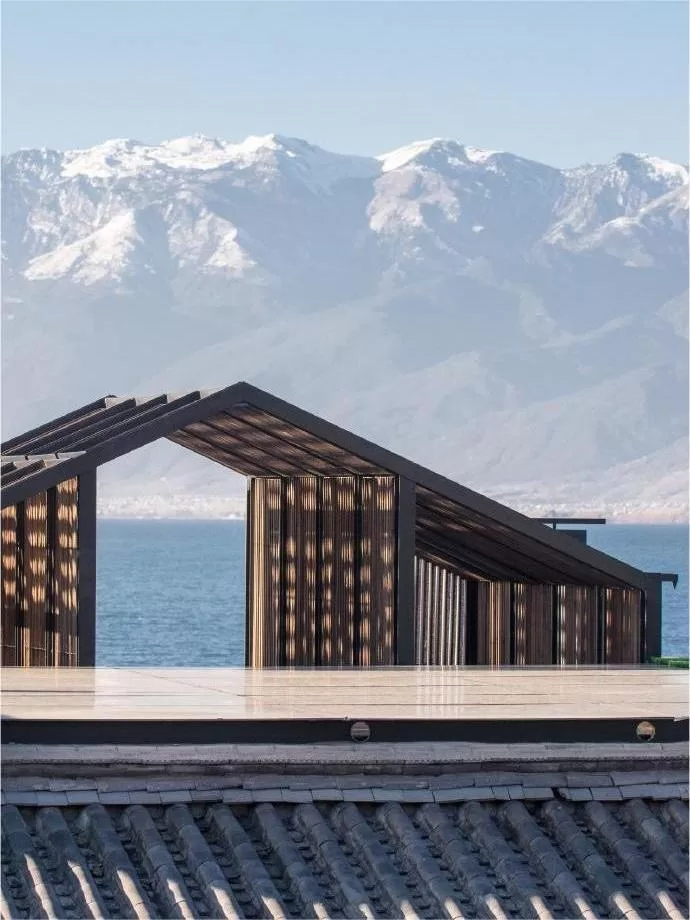Guangzhou Local Travel Guide – paradise for food lovers, history buffs, and architecture enthusiasts
I. Introduction
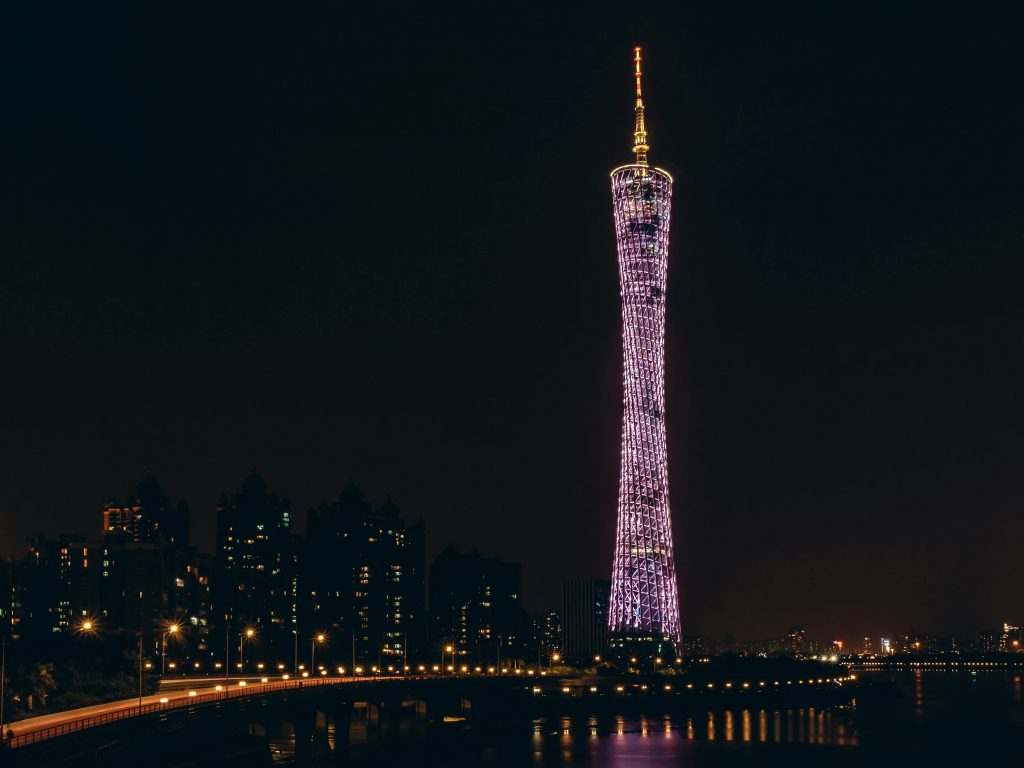
Welcome to Guangzhou, a vibrant metropolis in southern China that seamlessly blends rich history, diverse culture, and modern charm. This city, also known as Canton, is a paradise for food lovers, history buffs, and architecture enthusiasts alike. From ancient temples and traditional markets to futuristic skyscrapers and trendy art districts, Guangzhou has something for everyone. In this travel guide, we’ll take you on a journey through the best attractions, delicious cuisine, and unique experiences that this captivating city has to offer, ensuring you make the most of your visit. So get ready to explore the wonders of Guangzhou and create memories that will last a lifetime!
II. Getting There
A. By Air
Most international visitors arrive at Guangzhou Baiyun International Airport (CAN), located about 28 kilometers north of the city center. It’s one of China’s busiest airports, serving as a major hub in southern China. With three runways and two terminals (T1 and T2), it offers a vast array of domestic and international flights. Airlines from all over the world operate here, providing connections to hundreds of destinations.
Inside the airport, you’ll find a wide range of facilities, including restaurants, shops, duty-free areas, and lounges. Navigation is relatively straightforward, with clear signs in multiple languages.
Getting to the city center from the airport is convenient. The fastest option is the Metro. Take Line 3 North Extension (机场北 – 体育西) and transfer as needed depending on your destination. It’s cost-effective and takes around 40-50 minutes to reach downtown areas like Tianhe. Airport Express buses are also available, offering direct service to key locations such as Guangzhou Railway Station and Tianhe City. Taxis and ride-hailing services are plentiful, but make sure the driver uses the meter. Expect a fare of around 100-150 yuan, depending on traffic and your destination.
B. By Train
Guangzhou has several major railway stations, each serving different regions. Guangzhou South Station (广州南站) is the main high-speed rail hub, connecting to major cities across China. It’s a modern facility with excellent connections to the Metro (Line 2 and 7). If you’re coming from nearby cities like Shenzhen or Hong Kong, the high-speed trains are a convenient option, with journey times ranging from 30 minutes to a few hours.
Guangzhou East Station (广州东站) is mainly for trains traveling to and from eastern and southeastern China. It’s conveniently located in the Tianhe district, close to shopping and business areas.
Guangzhou Station (广州站), the city’s oldest railway station, still operates many long-distance and some high-speed trains. It’s centrally located and well-connected to public transportation.
When booking tickets, it’s advisable to use the official 12306 website or mobile app (available in English). You can also purchase tickets at the station or through authorized agents. Make sure to book in advance, especially during peak travel seasons. Trains in China are generally punctual, but it’s always a good idea to arrive at the station early to allow time for security checks and boarding.
III. Must-Visit Attractions
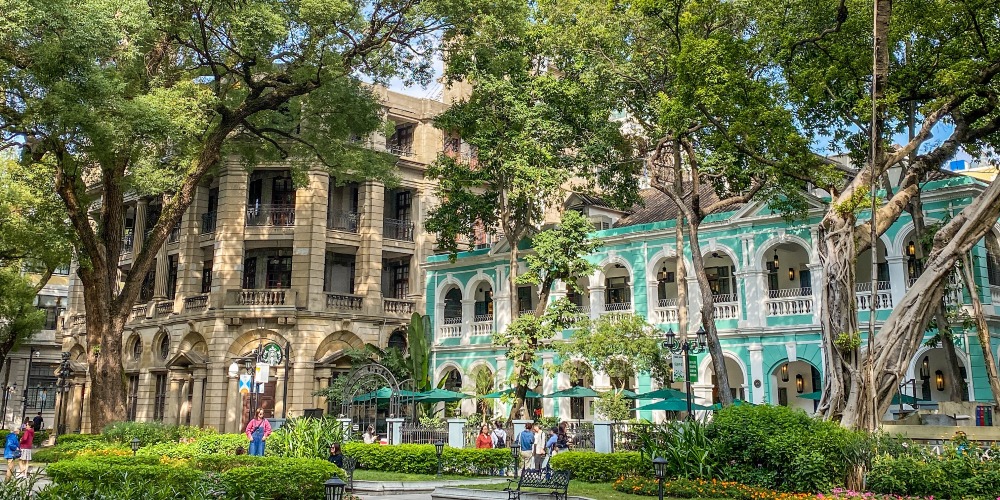
A. Canton Tower
Standing tall at 604 meters, Canton Tower is an iconic symbol of modern Guangzhou. Its unique twisted design, resembling a graceful dancer’s pose, has earned it the endearing nickname “Small Waist.” As the tallest tower in China and the fourth tallest in the world, it offers visitors an unrivaled perspective of the city.
The tower features multiple observation decks. The highest one, at 488 meters, provides a breathtaking 360-degree panorama of Guangzhou’s sprawling skyline, the meandering Pearl River, and the surrounding mountains. On a clear day, you can see as far as the city’s outskirts. For those seeking a more thrilling experience, the Sky Drop, located at 455 meters, is a heart-pounding adventure. It’s one of the world’s highest outdoor observation platforms, where you can feel the wind in your hair as you take in the stunning views.
Canton Tower also houses a variety of entertainment options. The Bubble Tram, a circular transparent tram that glides around the tower at 450 meters, offers a surreal ride with a constantly changing perspective. There’s also a 4D cinema, a virtual reality experience center, and several high-end restaurants. Whether you’re looking for a romantic dinner with a view or an action-packed day of adventure, Canton Tower has it all.
Surrounding the tower is a landscaped park, perfect for a leisurely stroll or a picnic. In the evening, the tower lights up with a dazzling display of colors, thanks to its 41,000 LED lights. It’s a sight that truly showcases Guangzhou’s vibrant nightlife.
B. Chen Clan Academy
Built in 1894 during the Qing Dynasty, Chen Clan Academy is a magnificent display of Lingnan architecture. This academic temple was constructed the 72 Chen clans to provide accommodation and a place for their juniors to study for the imperial examinations. Later, it transformed into an industry college and then a middle school. Today, it houses the Guangdong Folk Art Museum.
The academy’s architecture is a feast for the eyes. With its ornate wood carvings, intricate stone sculptures, and delicate brickwork, every inch of the building tells a story. The roofs, adorned with colorful ceramic figurines, soar upwards in a graceful curve, creating a sense of grandeur. As you step through the ornate gates, you’ll be transported back in time.
Inside, the museum showcases a vast collection of Guangdong’s folk art, including embroidery, ivory carvings, and traditional handicrafts. It’s a place where you can truly appreciate the rich cultural heritage of the region. The detailed exhibits and informative displays make it a must-visit for history and art enthusiasts.
C. Shamian Island
Shamian Island, located in the Liwan district, is a tranquil oasis in the heart of the bustling city. This small, oval-shaped island was once a foreign concession and retains a strong European flavor. Lined with leafy trees and dotted with flower beds, it’s a popular spot for locals and tourists alike to relax and unwind.
The island is home to over 150 European-style buildings, dating back to the 19th century. These structures, with their neoclassical facades, arched windows, and wrought-iron balconies, exude an old-world charm. As you wander along the narrow streets, you’ll feel as if you’ve stepped into a European village.
Shamian Island has a rich history as a diplomatic and trading hub. Many former consulates, banks, and trading houses have been preserved and repurposed. The Guangdong Foreign Affairs Museum, housed in a former consulate building, offers a fascinating insight into the island’s past. It showcases artifacts, photographs, and documents related to Guangdong’s international relations.
Today, Shamian Island is a popular destination for photography enthusiasts, fashion shoots, and weddings. The picturesque scenery, with the Pearl River in the background, provides a stunning backdrop for any occasion. There are also numerous cafes, restaurants, and boutique shops, making it a great place to spend a leisurely afternoon.
D. Yuexiu Park
Yuexiu Park is one of Guangzhou’s oldest and largest parks, covering an area of over 860,000 square meters. It’s a place where nature and history blend seamlessly. The park is built around Yuexiu Mountain, which has been a scenic spot since the Western Han Dynasty.
Inside the park, you’ll find a wealth of historical sites and monuments. The Five Rams Statue, a symbol of Guangzhou, stands proudly at the top of the mountain. Legend has it that five celestial beings riding rams brought the people of Guangzhou grains of rice, blessing the land with prosperity. Nearby, the Zhenhai Tower, also known as the Five-Story Tower, offers panoramic views of the city. Built in the Ming Dynasty, it was used as a military lookout and a place for scholars to gather.
Yuexiu Park is also a great place for outdoor activities. There are walking paths, gardens, and lakes, where you can enjoy a peaceful stroll or go boating. In the spring, the park is filled with blooming flowers, creating a colorful and fragrant atmosphere. It’s a popular destination for families, joggers, and those looking to escape the hustle and bustle of the city.
IV. Gastronomic Adventures
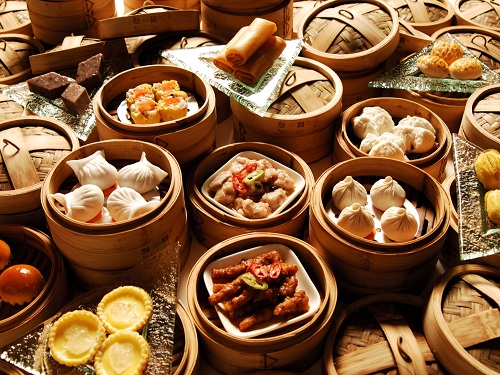
A. Cantonese Cuisine Delights
Guangzhou is a paradise for food lovers, renowned for its exquisite Cantonese cuisine. Cantonese food is famous for its fresh ingredients, delicate flavors, and meticulous preparation. One of the highlights is the roast meats, such as char siu (barbecued pork) and siu mei (roasted meats), which feature a perfect balance of sweet and savory flavors, with a caramelized glaze that’s simply irresistible. Seafood also takes center stage, with a vast array of fresh catches from the nearby South China Sea, cooked in various ways to bring out their natural sweetness. And don’t forget the hearty soups, simmered for hours with a combination of herbs, meats, and vegetables, known for their nourishing and delicious qualities.
For an authentic Cantonese dining experience, head to some of the city’s time-honored restaurants. These establishments have been perfecting their recipes for generations, and you can taste the heritage in every bite. Try the signature dishes like white-cut chicken, which showcases the pure flavor of the chicken with its tender meat and smooth skin, or the steamed fish, cooked to perfection with a sprinkle of scallions and ginger, allowing the freshness of the fish to shine through.
B. Dim Sum Experience
Dim sum is an essential part of Guangzhou’s food culture and a must-try for visitors. It’s a breakfast and brunch tradition that has evolved into a beloved all-day affair. These bite-sized delights come in a staggering variety, from steamed dumplings filled with succulent shrimp, pork, or vegetables, to fluffy buns with sweet or savory fillings, and crispy fried pastries. Each piece is a work of art, meticulously crafted by skilled chefs.
One of the best ways to enjoy dim sum is by going for a traditional Cantonese morning tea. Join the locals at a bustling teahouse, where you’ll be greeted with the aroma of freshly brewed tea and the sight of trolleys laden with steaming baskets of dim sum. Order a pot of fragrant pu-erh or chrysanthemum tea, and then let the feasting begin. Some popular dim sum dishes include har gow (shrimp dumplings), with their translucent wrappers and plump, juicy shrimp inside; siu mai, pork dumplings topped with fish roe; and char siu bao, soft buns filled with sweet barbecued pork.
There are numerous renowned dim sum restaurants in Guangzhou. One of the favorites is Lianxianglou, a historic establishment with a reputation for its top-notch dim sum. The elegant interiors and attentive service add to the overall experience. Another popular choice is Tao Tao Ju, known for its innovative dim sum creations while still maintaining the traditional flavors.
C. Street Food Wonders
Exploring Guangzhou’s street food scene is like embarking on a culinary adventure. The city’s streets are lined with stalls and small shops offering a plethora of mouthwatering treats. Start your day with a plate of silky smooth rice noodle rolls, known as cheong fun. These delicate rolls can be filled with a variety of ingredients like shrimp, beef, or char siu, and drizzled with a savory soy-based sauce.
For a heartier snack, try the beef offal stew. This local favorite features tender beef organs cooked in a rich, flavorful broth, often served with a side of pickled radish. And if you have a sweet tooth, you’re in luck. There’s a wide selection of desserts to choose from, such as double-skin milk, a creamy custard-like dessert with a silky texture and a hint of sweetness, or the colorful and chewy glutinous rice cakes.
To fully immerse yourself in the street food culture, head to bustling food streets like Shangxiajiu Pedestrian Street or Xihu Road. Here, you can sample a little bit of everything as you stroll along, taking in the vibrant atmosphere and the tantalizing aromas. Don’t be afraid to try something new and let your taste buds guide you on this delicious journey.
V. Shopping Spots
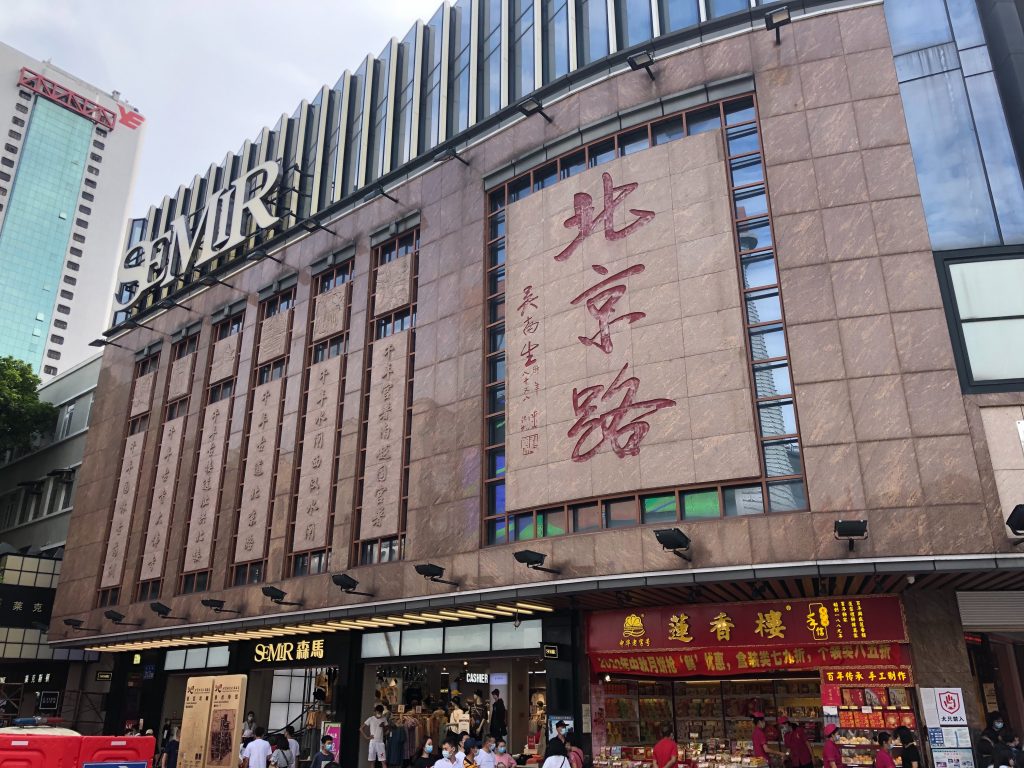
A. Beijing Road Pedestrian Street
As the birthplace of Guangzhou and its historical and cultural center, Beijing Road has a history spanning over 2,000 years. It was the main street during the Qin Dynasty and has remained a bustling commercial area ever since. Here, you can witness the layers of history beneath your feet, with ancient roadbeds from different dynasties on display.
Walking along this vibrant street, you’ll encounter a plethora of international and domestic brands. Fashionistas will be delighted to find renowned clothing labels, trendy shoe stores, and stylish accessories shops. For electronics enthusiasts, there are large electronics malls offering the latest gadgets.
But Beijing Road is not just about modern shopping. It’s also a place to discover traditional Chinese culture. The street is dotted with time-honored brands and antique shops. You can browse through centuries-old bookstores filled with rare volumes, or explore stores selling traditional handicrafts, porcelain, and calligraphy supplies.
After a shopping spree, you can take a break at one of the many cafes, restaurants, or tea houses. Sample some local snacks or enjoy a leisurely meal while soaking up the lively atmosphere. With its unique blend of history and modernity, Beijing Road offers a shopping experience like no other.
B. Shangxiajiu Pedestrian Street
Shangxiajiu Pedestrian Street, located in the Liwan district, is a showcase of Guangzhou’s traditional Lingnan culture. The street is famous for its arcade-style architecture, with rows of buildings featuring ornate facades, arched windows, and colonnades. This unique design not only provides shelter from the sun and rain but also gives the street a charming old-world feel.
Here, you can find a wide variety of local products that make for perfect souvenirs. Look for delicate Canton embroidery, which showcases intricate patterns and vibrant colors. Traditional Cantonese opera costumes, with their elaborate designs and rich fabrics, are also a popular buy. For those interested in Chinese medicine, there are stores selling high-quality herbs and tonics.
No visit to Shangxiajiu is complete without trying the local snacks. Indulge in a bowl of silky smooth double-skin milk, a classic Cantonese dessert. Or sample the crispy fried wontons, filled with savory minced meat. The street is also lined with restaurants serving authentic Cantonese cuisine, allowing you to savor the flavors of the region.
As you stroll along the street, you’ll also encounter street performers, artists, and musicians, adding to the vibrant and lively atmosphere. Whether you’re shopping for unique gifts or simply soaking up the local culture, Shangxiajiu Pedestrian Street is a must-visit destination.
VI. Cultural Experiences
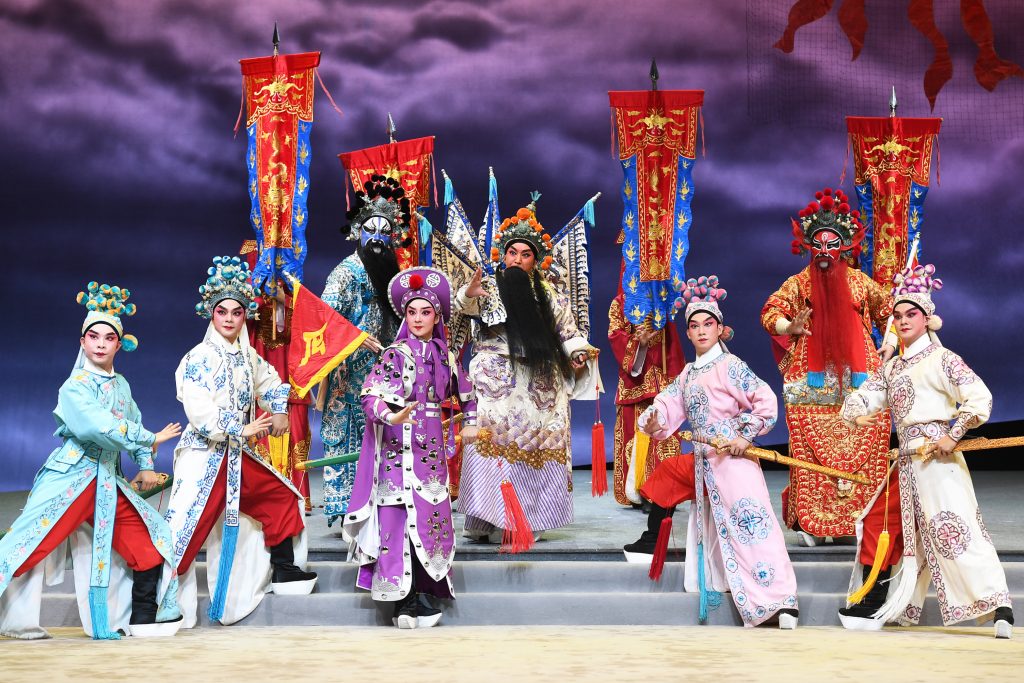
A. Cantonese Opera
Immerse yourself in the rich cultural heritage of Guangzhou by experiencing a traditional Cantonese opera performance. With a history dating back to the Ming and Qing dynasties, Cantonese opera is a unique blend of music, singing, dancing, acrobatics, and martial arts. It features elaborate costumes, intricate makeup, and captivating storylines that often draw from historical events, legends, and folk tales.
The Guangdong Cantonese Opera Museum, located in the historic Enning Road, is a great place to start your exploration. Here, you can learn about the evolution of Cantonese opera, view exquisite costumes and stage props, and even catch a live performance in the museum’s small theater.
For a more immersive experience, head to the Guangzhou Opera House or the Southern Theater. These venues regularly host professional Cantonese opera troupes, presenting classic and contemporary works. Sit back and let the melodious tunes, graceful movements, and powerful performances transport you to another era. It’s a truly unforgettable cultural encounter that will deepen your understanding of Guangzhou’s artistic traditions.
B. Tea Ceremony
Tea culture is deeply ingrained in the daily lives of Guangzhou residents. The city’s tea houses and teahouses have been gathering places for locals to socialize, relax, and conduct business for centuries. Participating in a traditional tea ceremony is a wonderful way to experience this aspect of Guangzhou’s culture.
The tea ceremony typically involves a series of meticulous steps, from the selection of tea leaves to the brewing and serving of the tea. The host will carefully measure the tea leaves, pour hot water at the precise temperature, and skillfully pour the tea into small cups. As you sip the fragrant tea, you can also sample a variety of delicate tea snacks, known as dim sum, which perfectly complement the tea.
There are several tea houses in Guangzhou that offer tea ceremony experiences. One of the most renowned is the Fangcun Tea House, located in the famous tea trading district of Fangcun. Here, you can choose from a wide selection of high-quality teas, including famous varieties like Pu’er, Tieguanyin, and Longjing. The knowledgeable staff will guide you through the tea ceremony, sharing the history and significance of each step. Another popular option is the Lingnan Tea House, which combines a traditional atmosphere with modern amenities. Whether you’re a tea connoisseur or a novice, these tea houses provide a serene and educational environment to appreciate the art of tea.
VII. Practical Tips
A. Accommodation
Guangzhou offers a wide range of accommodation options to suit every budget. For luxury seekers, the Tianhe district is a great choice, home to many high-end hotels with world-class amenities and stunning city views. The area is also close to shopping malls and business centers. If you prefer a more boutique experience, consider staying in the historic Liwan district, where you can find charming guesthouses and boutique hotels, often housed in renovated traditional buildings. Budget travelers can look into hostels or budget hotels in areas like Yuexiu or Haizhu.
When booking your accommodation, it’s advisable to use reliable platforms like Ctrip, Booking.com, or Airbnb. Read reviews from previous guests to ensure the quality and cleanliness of the place. Also, check the location’s proximity to public transportation and the attractions you plan to visit.
B. Transportation in the City
Getting around Guangzhou is relatively easy thanks to its extensive public transportation network. The metro system is the most convenient way to travel, covering most of the city’s main areas. It’s clean, efficient, and operates from around 6 am to midnight. You can purchase single tickets or use a transportation card like the Yang Cheng Tong, which can also be used on buses. Buses are another option, with a vast network that can take you to more remote areas. Taxis and ride-hailing services are widely available, but be aware that traffic can be congested during rush hours.
To make your journey smoother, download the local transportation apps, such as the “广州地铁” app for metro travel, which allows you to purchase tickets, check routes, and get real-time information. It’s also a good idea to avoid traveling during peak hours (7:30 – 9:30 am and 5:30 – 7:30 pm) if possible, as the traffic can be heavy.
C. Language and Communication
While Mandarin is widely spoken in Guangzhou, Cantonese is the local dialect and you’ll hear it everywhere. However, don’t worry if you don’t speak either language, as many locals, especially those in the service industry, can communicate in basic English. It’s still helpful to learn a few common phrases in Cantonese, such as “唔该” (thank you), “早晨” (good morning), and “靓仔 / 靓女” (handsome guy/beautiful girl), which can go a long way in making connections with the locals.
To assist with communication, you can download translation apps like Google Translate or Pleco, which can help you translate signs, menus, and have basic conversations. Additionally, most tourist attractions, hotels, and restaurants have English signage and staff who can assist you in English.
VIII. Conclusion
Guangzhou is a city that truly has it all – from its rich history and vibrant culture to its mouthwatering cuisine and modern attractions. Whether you’re a history buff, a foodie, or an adventure seeker, this dynamic metropolis will captivate your heart and leave you with unforgettable memories. So don’t hesitate to pack your bags, embark on this exciting journey, and discover the wonders of Guangzhou for yourself. We hope this travel guide has been helpful, and we look forward to you having an amazing time in this remarkable city. Come and explore Guangzhou – you won’t regret it!

